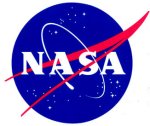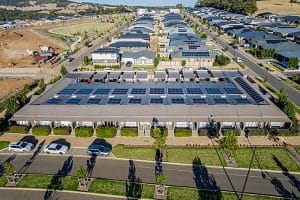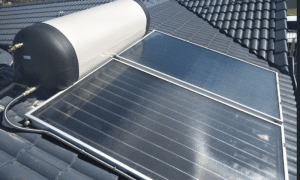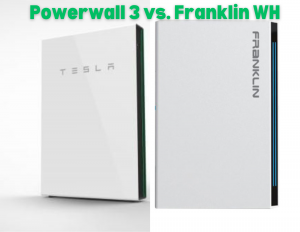While solar cells are often used in space applications to power instruments, they haven’t yet been used to propel a spacecraft – something that may change soon.
NASA recently awarded a contract to study high-power solar electric propulsion flight system technology for its deep space and human exploration missions.
After whittling the potential contractor list down to five companies in September last year, the contract has gone to Virginia-based Northrop Grumman Corporation, a developer of aerospace, electronic and information systems.
The company will be teaming up with Sandia National Laboratories and the University of Michigan’s Department of Aerospace Engineering to create a technology road map for near-term NASA space missions.
“Our concept will be scalable to 300 kilowatts and beyond and have the potential for reducing the cost and complexity of high-power requirements,” said Jim Munger, Northrop Grumman’s solar electric propulsion program manager. Mr. Munger also commented their work would focus on alternatives to the typical solar panel array approach.
NASA’s ultimate goal is to develop a solar electric propulsion system for “space tugboat” applications; ferrying satellites from Low Earth Orbit (LEO) to Geosynchronous Earth Orbit (GEO). The ability to launch spacecraft to LEO and then transport them to GEO with such a system will save fuel and secondary booster costs, plus permit much heavier payloads to reach Geosynchronous Earth Orbit while still using existing launch vehicles.
While the project will be breaking new ground, harvesting the energy of the sun for space travel isn’t new.
In July 2010, Japan’s Aerospace Exploration Agency (JAXA) announced its solar power sail demonstrator craft called “IKAROS ” has successfully unfurled its solar sail and was being propelled by solar pressure.
In April last year we reported on NASA’s NanoSail-D solar satellite, which was propelled by a 10-square-metre solar sail and orbited Earth’s upper atmosphere for 95 days.







































